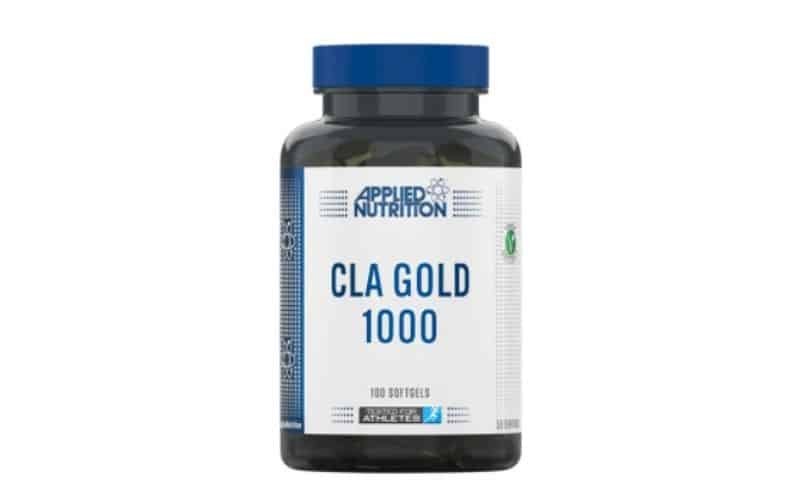No products in the cart.
Return To ShopL-Carnitine vs. CLA: Which Non-Stimulant Fat-Burning Ingredient Is Right for You?
When it comes to fat loss, many people immediately think of caffeine-loaded thermogenics. But for those who want results without jitters or sleep disruption, non-stimulant fat burners like L-Carnitine and CLA (Conjugated Linoleic Acid) stand out. Both promise to support metabolism and energy production yet they work through very different biological pathways. Understanding these mechanisms helps you decide which ingredient truly fits your lifestyle and goals.
Understanding L-Carnitine: Energy Conversion from Within
Before comparing both ingredients, it’s essential to understand how L-Carnitine functions. This amino-acid-derived compound acts like a metabolic shuttle, moving fatty acids into the mitochondria — the body’s powerhouses — where they are burned for energy. That means instead of stimulating your nervous system, L-Carnitine helps your body use fat as fuel more efficiently.
Athletes often rely on L-Carnitine for endurance and recovery benefits since enhanced fat oxidation spares glycogen and delays fatigue. You can find different forms — tartrate, fumarate, and acetyl-L-carnitine — each targeting slightly different outcomes. For example, the L-Carnitines range on SportsOne includes options designed to improve workout performance and recovery without a caffeine hit.

How CLA Works: Fat Regulation and Body Composition Support
While L-Carnitine focuses on mobilizing fat for energy, CLA acts more subtly on how the body stores and uses fat. Derived from safflower or sunflower oil, it’s a group of fatty acid isomers believed to influence enzymes related to lipid metabolism. CLA helps reduce the size of existing fat cells and may support lean muscle retention — an important factor during calorie restriction.
Studies suggest CLA could help lower body fat percentage when combined with balanced nutrition and training. Unlike thermogenics, it doesn’t elevate heart rate or blood pressure. You can explore options in the CLA supplement section, where formulations often combine pure CLA with other body-composition support ingredients.

Comparing the Science: What Research Really Shows
Both compounds have been extensively studied, but with different focus areas. L-Carnitine research highlights its role in exercise recovery, mitochondrial health, and improved fat utilization during endurance activities. Evidence also suggests it may help reduce muscle soreness and improve oxygen efficiency — benefits especially relevant for athletes.
CLA studies, on the other hand, center around its potential to modulate fat mass and insulin sensitivity. Some clinical trials show modest reductions in fat percentage over 8–12 weeks, though results vary based on dose and diet. Both ingredients are safe when taken within recommended limits, making them popular among users who prefer steady, stimulant-free fat loss strategies.
However, supplement quality plays a critical role. Given the rising number of imported supplements in the market, it’s worth reading this guide on identifying fake imported supplements in Pakistan before purchasing, ensuring what you’re using is genuine and effective.
Pros, Cons, and Choosing What Suits You
Everybody responds differently, but certain differences can help guide your decision:
- Best for Energy and Endurance: L-Carnitine tends to be better for those who train regularly or seek better workout performance.
- Best for Fat Regulation and Muscle Definition: CLA may suit people looking for long-term body-composition improvement rather than immediate performance gains.
- Digestive Comfort: Both are easy on the stomach, though CLA sometimes causes mild bloating in sensitive individuals.
- Synergy Potential: Some fitness enthusiasts use both together, as their mechanisms complement each other — one promotes fat transport, the other supports how it’s processed.
When compared to stimulant-based products in the fat-burners category, these two stand out for providing sustained results without the post-caffeine crash or dependency.
Can You Combine L-Carnitine and CLA Safely?
Many users ask whether it’s safe or even beneficial to combine both. The answer is usually yes especially if your goal involves both energy and body recomposition. L-Carnitine ensures fat is transported into cells to be burned, while CLA helps manage how fat is stored. The result can be a more balanced approach to fat loss when paired with a clean diet and consistent training.
A combination stack can be ideal for beginners wary of strong stimulants. For example, stacking one dose of L-Carnitine before workouts and CLA with meals can support energy during training and steady metabolic regulation throughout the day.
Practical Tips: Dosage, Timing, and Safety
Always start with the manufacturer’s dosage. Typical L-Carnitine doses range from 1 to 3 grams daily, often best taken before exercise. CLA is commonly taken in 3–6 grams daily, divided with meals. Consistency is key — results appear gradually over several weeks.
Make sure your supplement plan aligns with your protein and nutrient intake. Athletes often complement these fat burners with protein powders for muscle repair and better metabolism. As always, check with your healthcare provider if you have metabolic or cardiovascular concerns.
Final Thoughts: The Right Fit for Your Fitness Path
If you prefer fasted cardio, value workout endurance, and want energy without stimulants, L-Carnitine may be your go-to choice. But if your focus is shaping your body composition, preserving muscle, and gradually reducing fat mass, CLA fits better. For many, a combination of both alongside proper diet and resistance training delivers the most balanced results.
Both are safe, proven, and widely used ingredients that empower you to manage fat loss naturally and sustainably. Whether you pick L-Carnitine, CLA, or both, choosing authentic, high-quality products will make all the difference in how effectively your body responds.









Add comment
You must be logged in to post a comment.